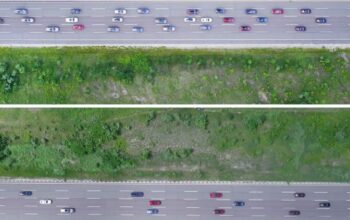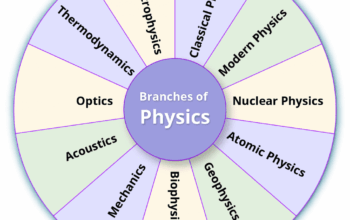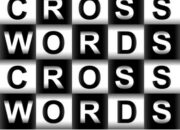In contemporary cosmology and theoretical physics, the notion of the multiverse has garnered significant attention, inviting inquiry into whether we inhabit an infinite tapestry of parallel universes or whether all interpretations converge into a singular reality. The concept invokes myriad implications, from the philosophical to the empirical, while posing a tantalizing question: Are we confronted with infinite universes or merely infinite interpretations of the one we reside in? Hence, exploring the multiverse encompasses not just the physical laws governing these potential realms but also the cognitive frameworks through which we decipher reality.
Theoretical foundations for the multiverse originate from various disciplines, including quantum mechanics, cosmology, and string theory. For instance, the interpretation of quantum mechanics known as the Many-Worlds Interpretation (MWI) posits that every quantum event spawns divergent branches of the universe. In this schema, each possible outcome of a quantum interaction materializes in a separate, non-communicating universe, effectively resulting in a plethora of realities existing concurrently. This interpretation challenges classical notions of singularity and determinism, proposing a more nuanced view reminiscent of a tree with countless branches—each representing distinct, yet coexisting realities.
In contrast, cosmological theories such as eternal inflation envision a vast multiverse emerging from the rapid expansion of space-time following the Big Bang. As regions of space-time decouple from inflation, they evolve into separate universes, each benefitting from its own distinct set of physical laws and constants. This perspective raises intriguing propositions regarding the anthropic principle, which suggests that the observed values of physical constants are a product of our universe being one of many capable of supporting life. The intricate interplay between these universes invites speculation on the nature of reality itself and whether our scientific inquiries are fundamentally limited to our observable universe.
Yet, the inquiry does not rest solely on the existence of alternate universes. It endeavors to probe the very essence of interpretation itself. The crux of the challenge lies in addressing whether these multiverses are but an extrapolation of human cognition attempting to impose order on chaos. Following this line of thought, each universe could represent a different interpretation of the same underlying reality, underscoring the philosophical quandary of perception versus existence. If our understanding of the universe is contingent upon interpretative frameworks, does this imply that every observation or theory might yield a different reality?
The ramification of this inquiry ricochets through the corridors of metaphysics, inciting debate among scholars, philosophers, and scientists alike. If infinite interpretations exist, then what epistemological foothold can one secure in the pursuit of truth? Each scientific theory, every mathematical model, when scrutinized through various interpretive lenses, presents itself as shrouded in subjectivity. This reflects the broader dilemma of whether empirical evidence is intrinsically tied to our perception of the universe or whether it possesses an objective existence independent of observers.
Moreover, the perceptual variance extends to the realm of complexity. Chaos theory encapsulates how minuscule differences in initial conditions can lead to dramatically divergent outcomes in complex systems, drawing parallels to the multiverse idea. In this light, the universe might not merely bifurcate into parallel realities, but rather exhibit a spectrum of variations within any given universe, contingent on myriad influences. Such considerations enrich the discourse surrounding randomness in quantum mechanics, reinforcing the interplay between probability and expectation in determining which version of reality unfolds before us.
Compounding this intellectual puzzle is the advent of advanced computational models and simulations. We have witnessed a burgeoning intersection of computation and theoretical physics, whereby simulations could offer insights into the plausibility of multiverses. These tools, equipped with algorithms that simulate conditions of different physical laws, may provide an empirical backdrop against which the multiverse hypothesis can be tested, however tentatively. Nonetheless, it remains imperative to acknowledge that simulation-derived realities beg another layer of interpretation, further complicating our grasp of ‘reality’ and ‘existence.’
Amidst this thematic exploration, an engaging dialogue unfolds: Can the multiverse hypothesis be substantiated through empirical evidence, or does it invariably remain in the domain of speculation? The conjecture surrounding multiple universes invites imaginative reasoning, often limited by the constraints of current observational technology. While hypothetical in nature, the potential existence of these countless universes poses profound implications for theoretical physics and our understanding of existence.
In conclusion, navigating through the intellectual labyrinth of the multiverse entails not only grappling with the physical manifestations of potentially infinite worlds but delving into the epistemological frameworks that enable the interpretation of these realities. As we probe deeper into the nature of existence, oscillating between multiversal assertions and interpretive flexibility, the pursuit of understanding remains an ever-evolving odyssey. Consequently, one might ponder: Are we genuinely faced with an infinite array of universes, or shall we always return to the singularity of interpretation? The resolution to this question may elude us, lingering as an enigma straddling the realms of science and philosophy, beckoning further exploration into the unfathomable depths of the cosmos.










